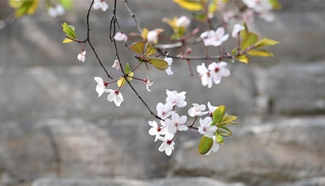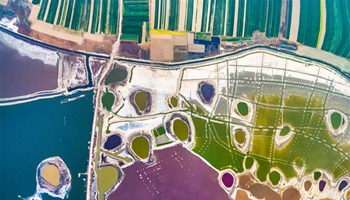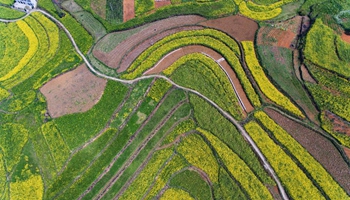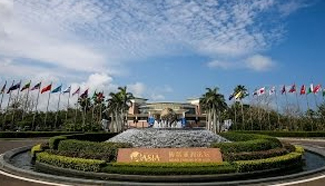SAN FRANCISCO, March 22 (Xinhua) -- A natural carbohydrate derived from crustacean shells is showing promise as a weapon against Clostridium perfringens food poisoning, the second-most common bacterial foodborne illness in the United States, after salmonella poisoning.
Chitosan, a linear polysaccharide that results from treating the exoskeletons of shrimp and other crustaceans with an alkaline compound, is the subject of a study by professor of microbiology Mahfuzur Sarker in the Oregon State University (OSU) colleges of science and veterinary medicine and OSU graduate student Maryam Alnoman.
The research, an international collaboration project, results in findings published in Food Microbiology that chitosan is able to block C. perfringens growth in cooked chicken.
Present in soil, decaying vegetation and the intestinal tracts of vertebrates, C. perfringens typically infects humans when they eat meat that hasn't been thoroughly cooked or properly stored, allowing the bacteria to multiply. It produces tough, metabolically dormant spores that are able to survive many food processing approaches. Symptons of C. perfringens food poisoning include abdominal pain, stomach cramps, diarrhea and nausea.
While the bacterium annually sickens more than a million people in the United States, patients often mistake it for a 24-hour flu.
"People aren't dying, but they're getting sick," said Sarker. "And many times people don't report it, so there are likely way more people getting infected than we know about."
The research involved both laboratory growth medium, namely bacteria in solution, and cooked, contaminated chicken meat left for several hours at 98.6 degrees Fahrenheit, or 37 degrees Celsius, and looked at the full life cycle of the C. perfringen bacterium.
In addition to blocking C. perfringens growth in cooked chicken, Chitosan was found inhibits spore germination and outgrowth; the spore core from releasing dipicolinic acid, which is associated with an early step of spore germination; and the growth of vegetative cells, which are actively growing as opposed to producing spores.
"In lab conditions, low concentrations of chitosan were effective. In meat, the concentration needs to be higher because there are a lot of ingredients in the cooked meat that can inhibit the activity of the antimicrobial chemicals," Sarker was quoted as saying in a news release from OSU. "But the larger dose of 3 milligrams per gram of food is still a good dose that can be used in making food products."
Claiming this is the first time chitosan was shown to work consistently both in lab conditions and in chicken meat, Sarker said the next steps are researching chitosan's effectiveness in other types of meat and meat products and optimizing the conditions for using it. It's possible, for example, that chitosan may work best when combined with other food preservative chemicals such as sorbate and benzoate. "It could be a combination of multiple agents," he said, "there are options we can try."












